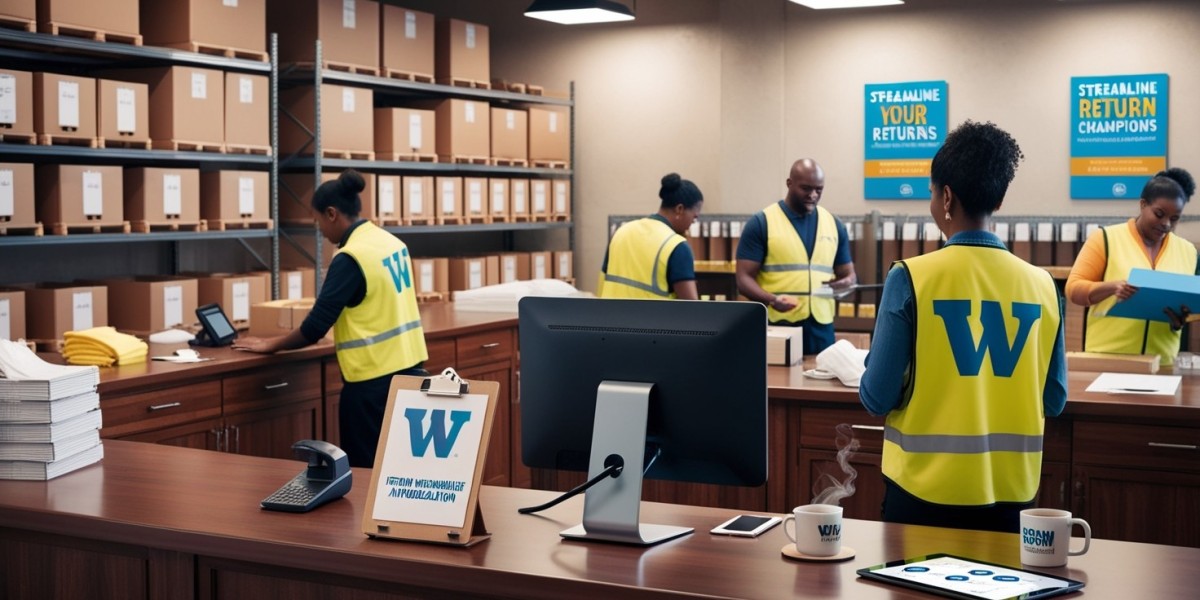Handling returns efficiently is a critical aspect of warehouse management, ensuring customer satisfaction while minimizing operational disruptions. A well-structured returns process can enhance efficiency, reduce costs, and build brand loyalty.
Understanding the Importance of an Efficient Returns Process
Returns are inevitable in any business, but how a company handles them can set it apart from competitors. A smooth returns process enhances customer trust and ensures that returned products are either restocked, refurbished, or disposed of properly without causing logistical chaos.
Implementing a Clear Returns Policy
One of the first steps to an efficient returns process is having a clear and well-communicated returns policy. This should include:
Timeframes for eligible returns
Acceptable conditions for returned items
Instructions on how customers should return products
Restocking fees, if applicable
A well-defined policy prevents misunderstandings and streamlines the process for both customers and warehouse staff.
Automating the Returns Process
Automation can significantly improve efficiency in managing returns. Implementing a warehouse management system (WMS) allows businesses to track returns in real time, reducing manual errors and processing delays. Integration with a 3pl logistics company can further enhance efficiency by outsourcing returns handling to experts with specialized infrastructure.
Establishing a Dedicated Returns Area
Designating a specific section of the warehouse for returns processing helps in organizing and sorting items quickly. This prevents returned items from piling up in regular inventory areas, reducing confusion and delays in restocking or processing refunds.
Conducting Thorough Inspections
Every returned item should go through a detailed inspection to determine its condition. This helps in classifying returns into categories such as:
Resellable items (can be returned to inventory)
Refurbishable items (require minor repairs)
Defective/damaged goods (require disposal or supplier return)
Thorough inspections prevent faulty products from re-entering the supply chain, ensuring quality control.
Streamlining Restocking and Disposal
Returned products that meet quality standards should be quickly restocked to minimize inventory losses. For defective or unsellable items, businesses should have a strategy for recycling, refurbishing, or properly disposing of them to avoid warehouse congestion.
Offering Prepaid Return Labels and Easy Packaging Solutions
Providing customers with prepaid return labels and easy-to-follow packaging instructions simplifies the process for them and speeds up the return transit time. This also reduces the likelihood of damages occurring during shipping, ensuring better resale opportunities for returned goods.
Tracking and Analyzing Return Data
Monitoring return trends can provide valuable insights into common product issues or inefficiencies in the supply chain. Regular analysis helps businesses identify patterns, such as recurring defects or seasonal spikes in returns, allowing them to make informed decisions to reduce return rates.
Training Staff on Returns Handling
A well-trained warehouse team ensures a smoother returns process. Staff should be educated on:
Company return policies
Proper product inspection techniques
Using warehouse management systems for tracking returns
Customer service approaches for handling return inquiries
Investing in employee training leads to a more streamlined and customer-friendly returns process.
Conclusion
Handling returns efficiently is essential for maintaining a well-organized warehouse and ensuring customer satisfaction. By implementing clear policies, utilizing automation, and partnering with a 3pl logistics company, businesses can reduce costs and improve their overall logistics strategy.



